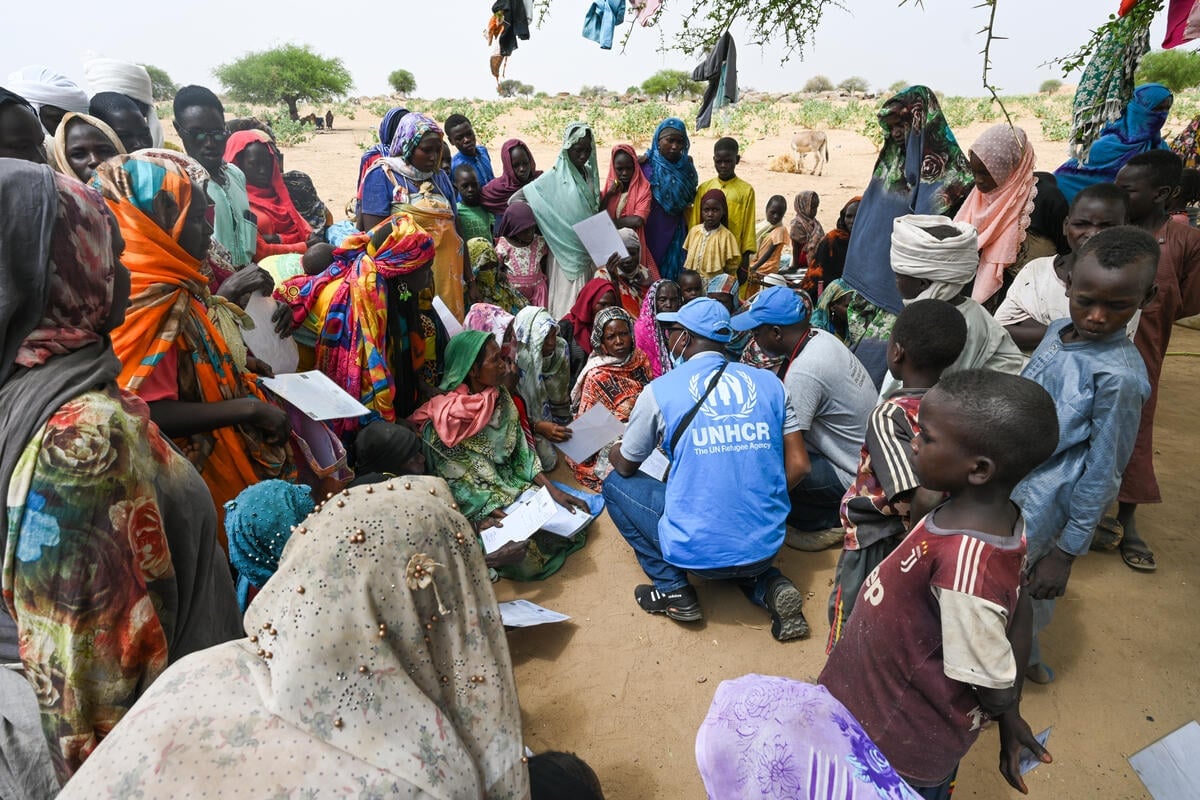Somalis return from Ethiopia
Somalis return from Ethiopia
A UNHCR repatriation convoy yesterday took another 205 Somalis back to their homeland in a voluntary repatriation programme that we hope will result in the closure by year's end of what was once the world's largest refugee camp - Hartisheik, in eastern Ethiopia.
At the end of the five-hour journey, local authorities were on hand to receive the returnees in Burao and Berbera outside Hargeisa, capital of the region called Somaliland. The convoy could be the last until after the Muslim holy month of Ramadan, which begins over the weekend.
In the meantime, Somaliland authorities, hobbled by a lack of resources, are attempting to arrange facilities for another 1,700 Somalis who remain in Hartisheik camp and who expect to return home by the end of December. Many of those still in Hartisheik have already turned in their ration cards in exchange for a repatriation grant of 320 Birr ($40) and food supplies in anticipation of their return.
Hartisheik camp was established in 1988 to shelter Somali refugees fleeing to Ethiopia to escape Somaliland's war of secession that had erupted earlier that year. By 1992, more than 600,000 Somalis had fled eastern Ethiopia following the collapse of the Siad Barre regime. Facing appalling conditions in the remote, semi-arid region, many died of exhaustion, hunger and lack of water.
UNHCR struggled to mobilize emergency assistance in the inhospitable region and soon managed bring some order in Hartisheik, setting up camps nearby, digging wells and offering medical services. One of the major problems in Hartisheik and its adjacent camps has been a lack of water. Water supplies that were brought in by tankers several kilometres away did not adequately meet the needs of refugees. The semi-desert region does not have any groundwater.
As the situation in north-west Somalia improved in the late 1990s, UNHCR organised the repatriation of hundreds of thousands of refugees from Hartisheik and other camps in Ethiopia back to Somalia. Many other Somali refugees have also returned home on their own.
Hartisheik, which was once the largest refugee camp in the world, is now nothing more than small clusters of ragged huts close to the Ethiopian border. Apart from the remaining 1,700 refugees who wish to return to Hargeisa, some 600 others, believed to be from southern parts of Somalia that are not yet safe for return, will be interviewed in November before being transferred to other sites in Ethiopia.









